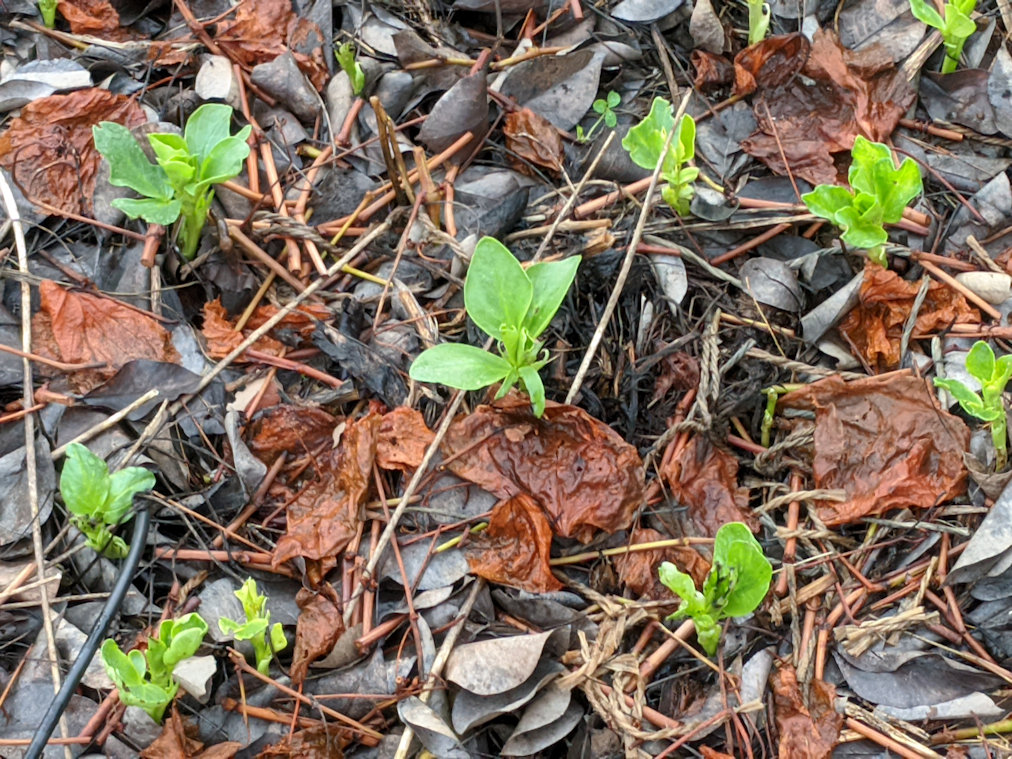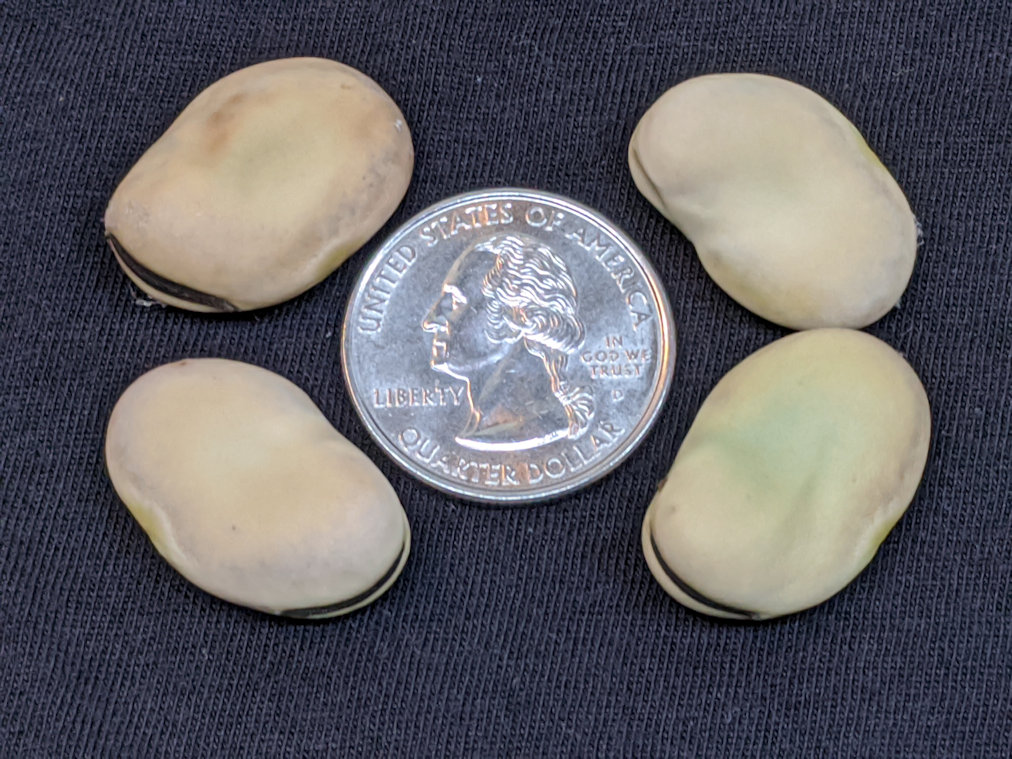My cousin sent me a link to this. I started reading. I was about to click away with a yawn before I noticed the writer was Armistead Maupin.
How things change. I first saw Maupin’s “Tales of the City” series in the late 1980s. Each book, I couldn’t put it down! I was living on a boat, scraping by. I lived aboard friend’s small craft, parked in the marina. Rent was free, in exchange for keeping an eye on things. The tiny cabin wasn’t even big enough to stand up, so night after night, I sat long hours on the mooring slips, reading those books under the dock lights.
The couldn’t-put-it-down wasn’t from adventure, but from the steady subtext, “Gay life can be normal!” Here were these functional gay characters, in richly integrated lives. The message to me, trying to figure out this new weird gay thing, was, “You, too, can have a fun, normal life!”
The past several months, I have been leisurely going through the same series again, as audiobooks. They are delightful in how they bring back that time and place. But after all these decades, I now have my own richly integrated gay life. Literature is no longer so riveting.
I was about to click away from the current excerpt because it came across as the same-old gay story. That we are gay because of a clinging mother and a distant father. If that were true, the whole boomer generation would be gay.
That’s oversimplified. Here’s the theme in broader terms: The feminine energy is friendly, accommodating, understanding. The females themselves may be sisters, aunties, grandmothers, schoolmates; not just mothers. They are angels. The male energy is bluff, brutal, rigid. At best, it finds us baffling. The male figures, in addition to fathers, may be coaches, jocks, and especially bullies. They are demons. In its million variations, this is the sissy-victim gay story.
So, what’s this? Armistead Maupin squashing his early life into the trope of sissy-victim? It’s hard to swallow. He didn’t have it nearly bad enough. He was famous in San Francisco by his early thirties, and his work is so wonderful because it tells stories other than sissy-victim.
My personal story didn’t fit either. Both my parents were distant, my dad from his career, and my mom from four kids born within five years. I was a middle child, low expectations from the get-go.
When I was maybe 3 for 4, I got to stay up late while my mom iced my birthday cake for the next day. She looked down, tousled my head, and remarked how thick my hair was getting to be. I said no, I saw one of my hairs, and it was very thin.
From this, I might have built a whole narrative of maternal closeness. But really, besides injury-care, that is the only incident of personal attention I can remember. In adult life, my dad and I did develop a fond relationship. But from mom, as she faded into deafness and senility, that was never there.
In school, sure I was picked on, but what kid wasn’t? I had it easy. I was tallest in my class, always at the end of the picture line. When I was in first grade, there was a triad of third-graders who tormented me. Only years later did I realize. What?! One kid, age six, holding his own against three nine-year-olds? All they could ever manage was shove me, and tug at my clothes. Not much to complain about.
I was precocious. The standardized test scores are there to prove it, though it didn’t make my life a dream. It’s obvious now. The picking-on in my case was from those who always want to pull things down.
In maybe 3rd or 4th grade, a teacher took me aside and told me to stop bullying. I was taken aback. From my perspective now, I can see. I big boy, with a touch of Asperger’s. His intense, nerdy interests don’t attract many friends. He’s not much good at social cues, so it does not even occur to him he might be scaring the other kids. And, a little bit, he’s starting to like the boys. The way other boys may start pulling the girls’ pigtails.
I was shocked when the teacher scolded me. I took myself in hand and I don’t think I did it much any more. But there’s your window into the opposite gay archetype, the gay bully.
The gay bully shows up in the shadows of gay tales. He’s there as Maupin’s mean trigonometry teacher. He’s there as the thundering, in-denial, anti-gay preacher. He’s there as the snooty klatch of high-society A-gays. He’s there all too often as sissy-victim’s first sexual encounter. In the tales, he usually gets his come-uppance with poetic justice, mostly offstage. But he seldom gets a literary voice.
The gay bully is in real life. Say, J. Edgar Hoover. What kind of come-uppance is it, if he gets away with it for his whole lifetime? The usual dismissal is an arch tut-tut. But that’s like forgiving Hitler as a frustrated art student. To keep Hitler from happening again, you’ve got to understand Hitler. There’s a book in this, maybe a genre.
It reminds me of a theme from the vampire literature, something like “The law of the masquerade”. Vampires have survived by convincing general society that there is no such thing as vampires. Gay survival has had a lot do with letting general society believe that gays are all wimpy poofs, no threat. A man who wants men, and learns how to manipulate power, can stay invisible. Compared to other down trodden minorities, it’s easy. An angry young black man is obviously black, an outsider. A gay bully can stay an insider.
Gore Vidal wrote a remarkable novel “The City and the Pillar”. The first remarkable thing about it was it treated gay reality — clear back in the 1940s! The next remarkable thing was, even that far back, it broke right out of the sissy-victim party line. The sissy-victims are there, but in the corners, rather than the spotlight.
The spotlight is on Jim. In high school, he has sex with his best friend Bob, just before Bob ships out for the Merchant Marine. They are normal, masculine guys. Jim is in love, though he doesn’t quite understand it. He isn’t weepy about it, more like dogged. As his life opens up he pursues things that might lead him again to Bob. The military. Sports. When he finally does get with Bob again years later, and Bob resists him, Jim takes Bob. In the original, murder. In the 1960s revision, rape. The gay bully prevailed.
I’m not for rape and murder, but these stories need to be told. For all the gloss of gays being wan and ineffectual, and above all “sensitive”, we manage to abuse each other worse than anybody. It’s not going to stop until it gets talked about.
I want to hear more from the gay bully. We’ve heard enough from sissy-victim. The two have a lot of parallels. Sissy-victim doesn’t see himself as actively being a sissy-victim, he just feels like he is the way he is, but the world is so mean. The gay bully doesn’t see himself as bullying. He just is the way he is, and circumstances fall into place before him. For sissy-victim, his personal growth is to see how he’s being complicit with his abuse, and choose to stop it. The gay bully needs to grow out of his bullying, with temperance and enlightenment. Sissy-victim is not, of course, supposed to switch and become a bully. Equally ludicrous would the bully breaking down and “getting in touch with his true sissy feminine side”.
I know all too many gay men who seem satisfied to live their entire lives in the vortex of sissy-victim. On the other hand, I don’t know that I know any gay bullies. Are there really just the few? The public figures we see when they fall? Or are there lots of them, invisible, in plain sight?

























